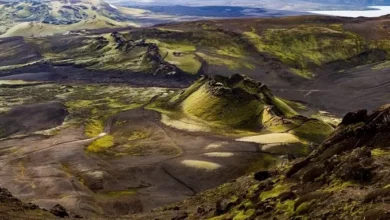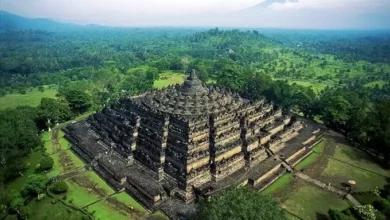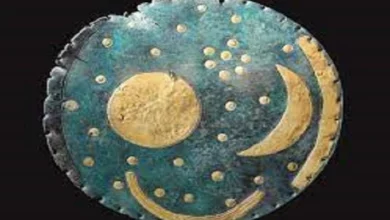Krakatoa eruption 1883: Impact of the volcanic explosion in the world
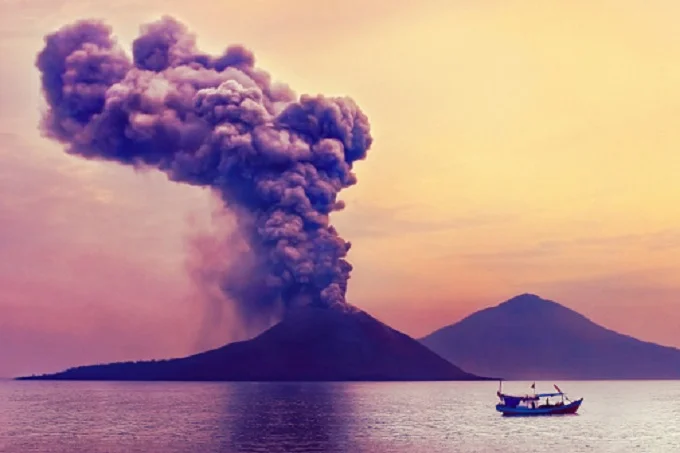
A cloud of smoke and ash over two kilometers high was spotted by the commander of the German warship Elisabeth in May 1883. Smoke billowed into the sky over an uninhabited mountain island in Indonesia’s Sunda Strait, connecting Java and Sumatra. “The ashes were rising so quickly that they blocked the light,” the Royal Society of Great Britain subsequently reported. According to the report, other ships heard an ominous rumbling from the island of Krakatoa during the following few months.
Krakatoa’s eruption
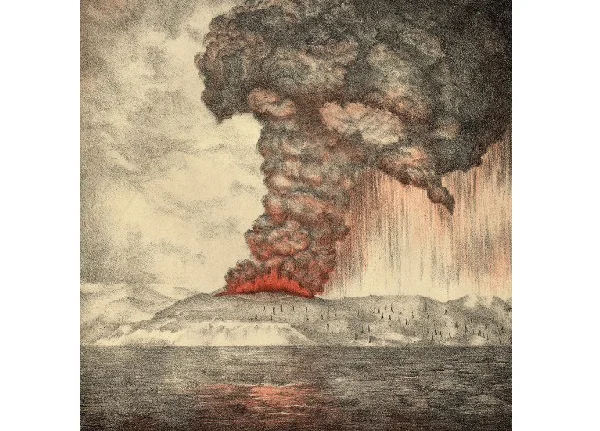
Finally, on August 27, 1883, hell broke loose when Krakatoa was devastated by a catastrophic volcanic explosion that caused two-thirds of the volcano to collapse and tumble into the sea, resulting in immense flows of lava pumice and ash. According to the National Oceanic and Atmospheric Administration (NOAA), the explosion also triggered large tsunamis that swamped hundreds of coastal towns and villages, killing nearly 36,000 people, according to the National Oceanic and Atmospheric Administration (NOAA). The Krakatoa eruption, rated 6 on the Volcanic Explosion Index, was one of the greatest reported eruptions in the last 760,000 years of natural history.
Krakatoa became one of the most famous volcanoes not only because of its terrifying strength and impact but also because it was the first truly giant volcano to erupt in the era of communication technology when people had telegraph lines and printed newspapers to report what was going on, as well as scientific instruments to measure impacts. Rumors of the eruption swiftly spread, and Krakatoa itself became legendary; books were written about it, and even films were produced about it.
What was the magnitude of the eruption?
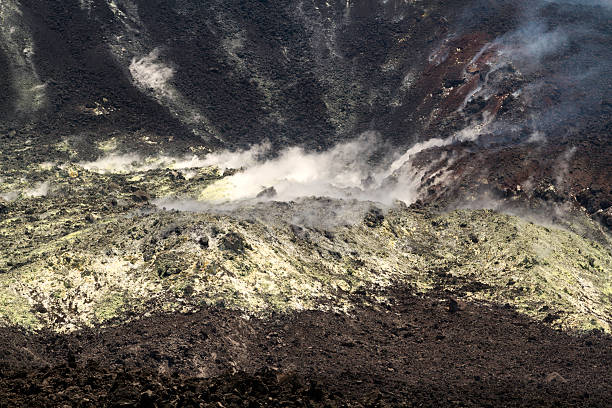
According to NOAA, Krakatoa’s eruption created the loudest sound in recent history, which was heard across 10% of the Earth’s surface. A sound resembling distant gunfire was reported on the Indian Ocean island of Mauritius, which is more than 4,600 kilometers away.
It caused surges in scientific equipment in the United Kingdom and the United States due to powerful pressure waves that went around the world numerous times. The Krakatoa burst, blasting 21 cubic kilometers of fragmented rock into the atmosphere. The ash from the explosion rose 80 kilometers into the atmosphere, close to the boundary of the Earth’s mesosphere, and covered 776,996 square kilometers.
Halos developed around the Moon and Sun as the ash drifted and ultimately engulfed the globe in a cloud. For a year following the eruption, the ash blocked out enough sun energy to reduce world temperatures by 0.5 degrees Celsius.
For various reasons, the 1883 eruption was so violent. This kind of eruption in which the magma reservoir underneath the volcano spews so much lava that the volcano’s structure collapses. These eruptions are thought to result from magma – a hot, semi-liquid rock found under the Earth’s surface – combining in a magma chamber. The magma reservoir may remain active for years, generating little volumes of lava, but if magma is pumped from much deeper crustal strata under the reservoir, the system can become unstable: hotter and less dense basaltic magma from below, colder and more dense magma at the top.
If enough basaltic magma builds up, a flip may happen, bringing the hot magma to a shallow depth and allowing it to degass via the current magma conduit to the surface. The volcano practically blows away, releasing a massive amount of lava. When the pressure within the deeper reservoir drops, the volcano’s surface will fall on its own, releasing enormous volumes of saltwater in the process, causing further explosive activity.
The tsunami’s aftermath was even worse than the Krakatoa eruption

As bad as the Krakatoa volcano’s explosion was, the massive tsunamis that followed were considerably worse. On the opposite side of the Pacific Ocean, some waves reached Hawaii and even South America. The biggest devastation, however, happened in the Indonesian archipelago. On the islands of Java and Sumatra, waves as high as 41 meters smashed into coastal cities, towns, and villages. 2,000 Chinese immigrants living in the lowlands near the bay in Batavia (now Jakarta) were drowned. The waves swamped the city of Serang, killing almost everyone who lived there. These atrocities may have remained merely local tragedies in the past. However, because of media coverage, the whole world was informed of the eruption.
Some previous cataclysms were far greater than the 1883 catastrophe, but there is no human record of these disasters due to the lack of communication and technology at the time. Only today can we use modern technology, such as ice layer analysis, to pinpoint when these events happened.
Even though the eruption destroyed the majority of the original volcano, Krakatoa did not vanish altogether. Part of the island resurfaced from the water 43 years later as the new island of Anak Krakatoa. Anak Krakatoa exploded eighty-nine years later, in December 2018. More than 400 individuals were murdered in the following tsunami, and 47,000 more were forced to abandon their homes. Anak Krakatoa will erupt again, according to Ravindra Jayaratne, a coastal engineering specialist from the University of East London, triggering even more destructive tsunamis.
Although the threat of Anak Krakatoa erupting is significant, it will never reach the magnitude of the cataclysmic 1883 eruption. The original magma reservoir has almost completely vanished. Before we anticipate a replay of the 1883 catastrophe, the fresh magma reservoir must be constructed over millennia.
While much has changed since the eruption of Krakatoa about a century and a half ago, there is no assurance that our current technologically sophisticated society will be better prepared for such a tragedy. A powerful explosive eruption rich in sulfur dioxide, in the worst-case scenario, might produce abrupt climate change equivalent to the Little Ice Age. This might have catastrophic consequences for the planet’s capacity to feed its people.
The 1783 eruption of Skaftafell in Iceland resulted in a dramatic cooling of the northern hemisphere temperature. It was not as explosive as Krakatoa, but it did linger for months and resulted in massive volumes of sulfur dioxide being released. The eruption, however, resulted in hunger in Iceland. Some claim that one of the eruption’s results was a substantial cooling and increase in summer rainfall, which resulted in severe wheat crop failure throughout Europe, sparking the French Revolution. Today’s global population is around ten times bigger than it was in 1783. It will be considerably more difficult to feed such a large number of people in the case of a worldwide catastrophe.
While the volcano’s immediate neighborhood inhabitants will be better protected, the worldwide consequences will be far more difficult to manage. Fortunately for humankind, such disasters are quite uncommon.
Krakatoa was Indonesia’s second-largest volcanic explosion in the 1800s. The eruption of Mount Tambora in 1816 was so powerful that it took the lives of 10,000 people on Sumbawa Island almost immediately, and it eventually claimed the lives of around 90,000 people.


